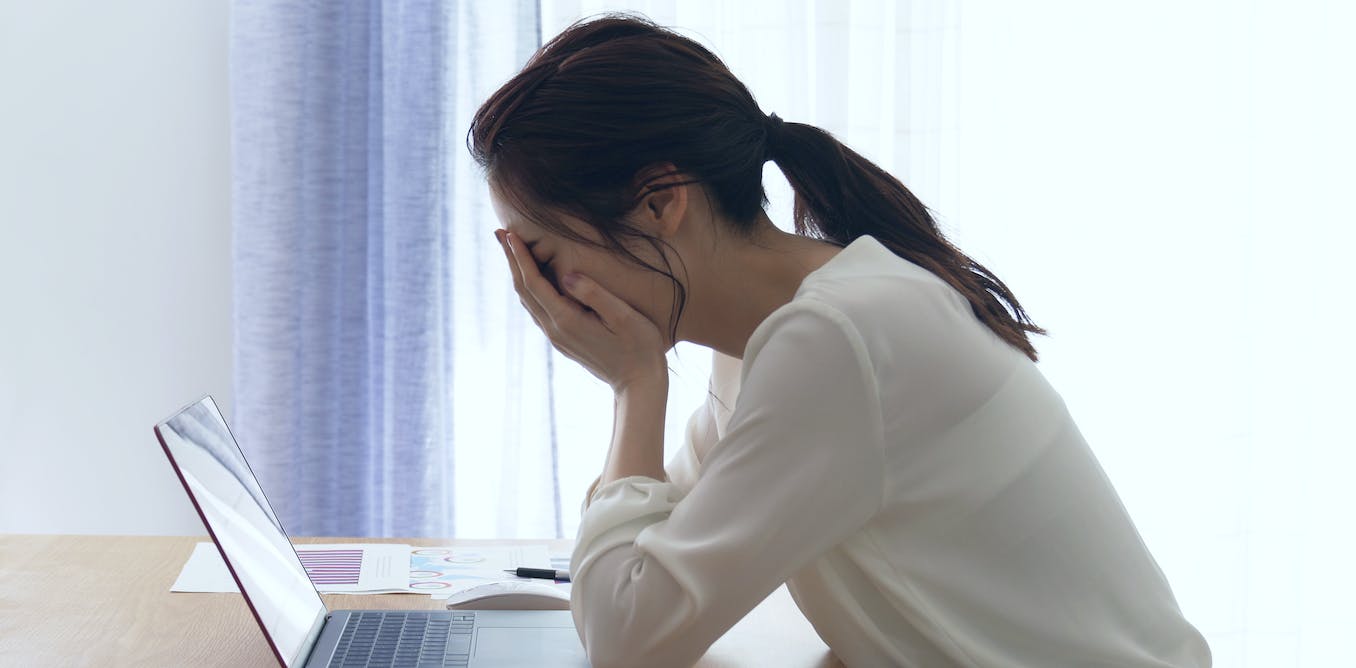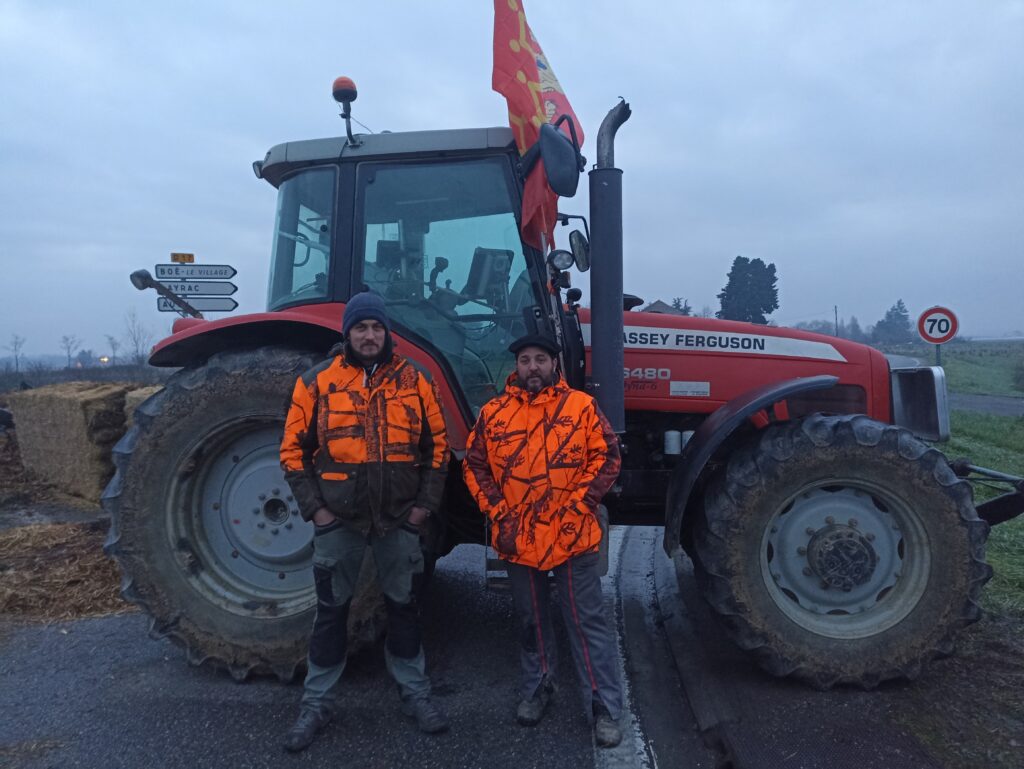In our new study, published on Tuesday, we surveyed 701 migrant and refugee women in Australia and found nearly half had experienced sexual harassment in the workplace over the past five years.
This harassment was overwhelmingly perpetrated by men in senior positions, or men who were clients and customers.
These women most often experienced workplace sexual harassment when they were in insecure employment, in temporary, casual or contract positions.
Gender-based violence is a big concern in hospitality – and women bear the brunt of managing it
We asked the women in our study what they perceived was the motivation for the harassment: they consistently identified sex and gender as a key motivation, as well as race and religion.
It was very rare for participants to have reported sexual harassment in the workplace to a formal authority. It was most common for these women to disclose the experience to friends and family, or informally to someone at work.
The primary reason for respondents not reporting was because they “felt responsible”. Other reasons were uncertainty about where to go, and fears about what reporting would mean for their job security.
Why did we study this?
In November 2022, Sex Discrimination Commissioner Kate Jenkins launched the fifth national survey on sexual harassment in Australian workplaces. This report, and previous editions, did not capture migrant and refugee women’s voices or experiences in any detail.
These reports rely on the single variable of “language spoken at home” as a marker of cultural and linguistic diversity. Also, they’re only conducted in English and don’t ask specific questions designed to capture aspects of migrant and refugee experiences.
Few studies have captured the experiences of workplace sexual harassment among migrant and refugee women (although the Diversity Council of Australia is examining intersections of gender and race at work).
Sexual harassment impacts university staff – our research shows how
What we studied
The survey was available in six languages: Arabic, English, Farsi, Swahili, Chinese (Simplified) and Dari.
About 11% of respondents completed the survey in a language other than English. This reaffirms the importance of making the survey available in multiple languages to capture diverse voices.
The majority of respondents were Australian citizens (63%), while 19% were permanent residents and 18% were temporary residents. About 88% were born outside Australia; almost three-quarters of the sample had a bachelor’s degree or higher; and the participant ages ranged between 18 and 70 years.
What we found
Just under 70% of migrant and refugee women in this study had experienced at least one form of sexual harassment in the past five years in Australia.
And 46% of migrant and refugee women in this study had experienced this in the workplace.
The most commonly reported forms of sexual harassment in the workplace were:
-
indecent phone calls or messages of a sexual nature (71%)
-
sexually suggestive comments or jokes (53%)
-
intrusive questions about private life or physical appearance (49%)
-
staring or leering that was intimidating (48%).
Men were most frequently the harassers. There was often more than one person harassing the respondent in the workplace.
Next steps
This research highlights key issues that need to inform ongoing conversations about what sustains workplace sexual harassment, and how it specifically impacts migrant and refugee women.
Our research suggests focusing only on reporting mechanisms will not impact workplace culture or women’s safety. It’s also important to recognise that insecure work is one factor that contributes to migrant and refugee women being a target for sexual harassment in the workplace.
The understanding that workplace sexual harassment and racial and religious discrimination are deeply intertwined requires ongoing attention, particularly given the tendency for these issues to be treated as separate policy issues.
The findings from this report are part of a larger ongoing study. We’ve begun the second phase, speaking to migrant and refugee women in interviews and focus groups across Australia to explore these findings and their implications in more detail.




